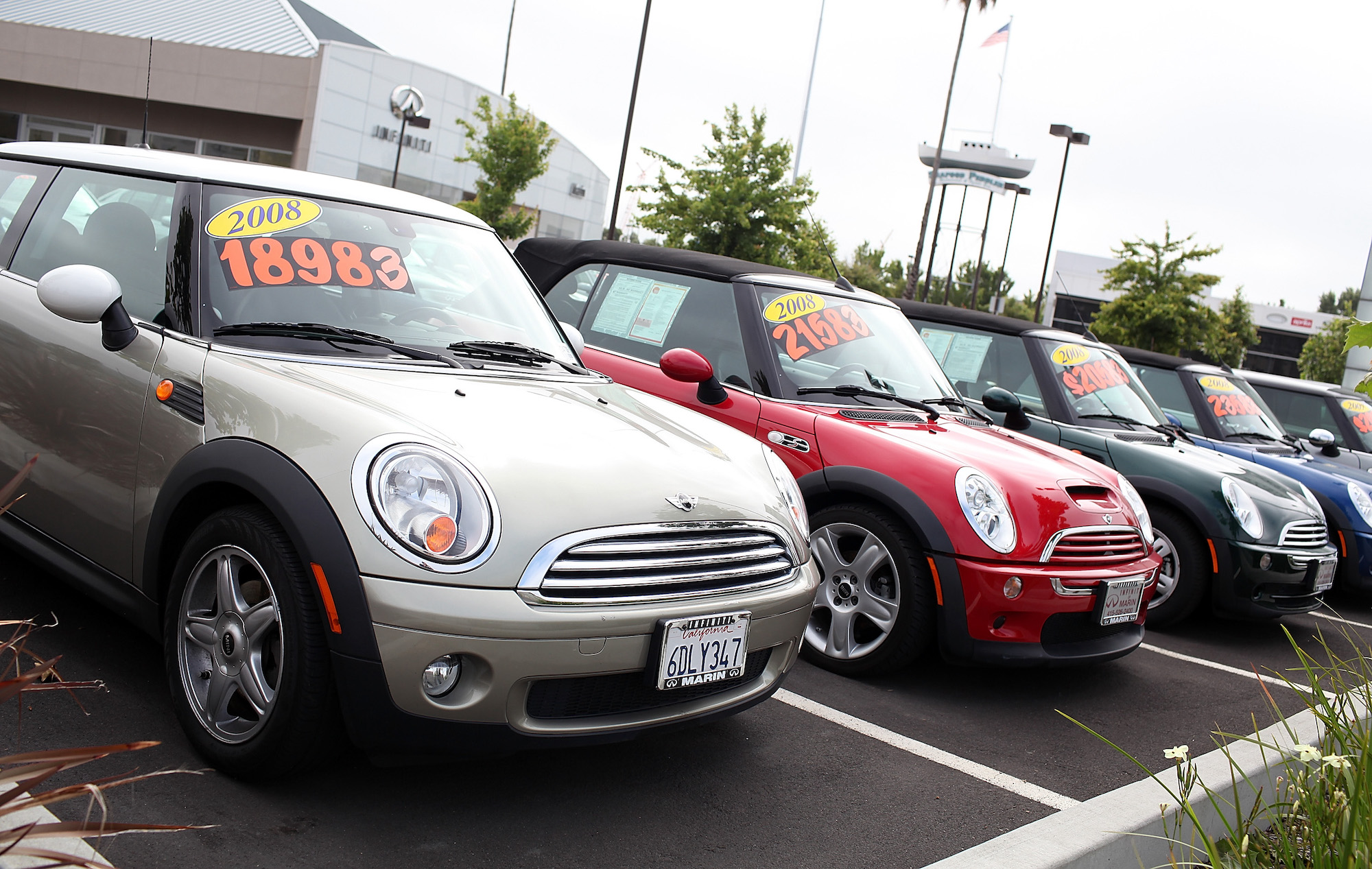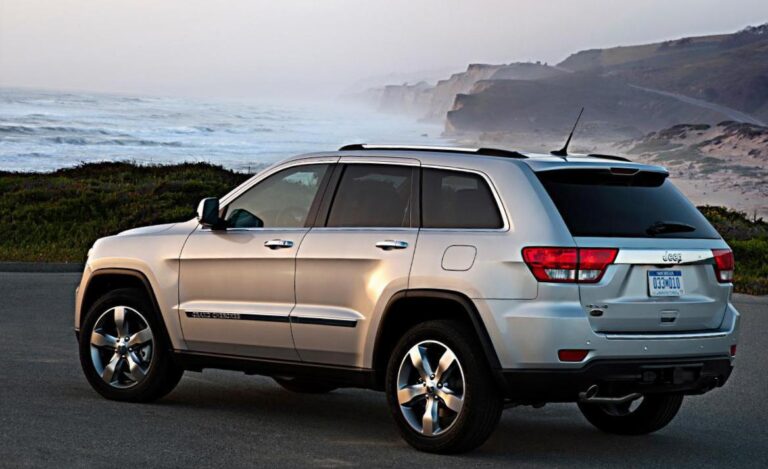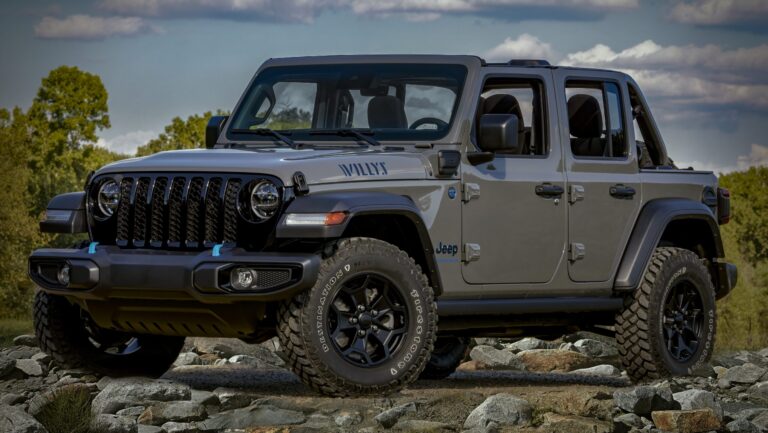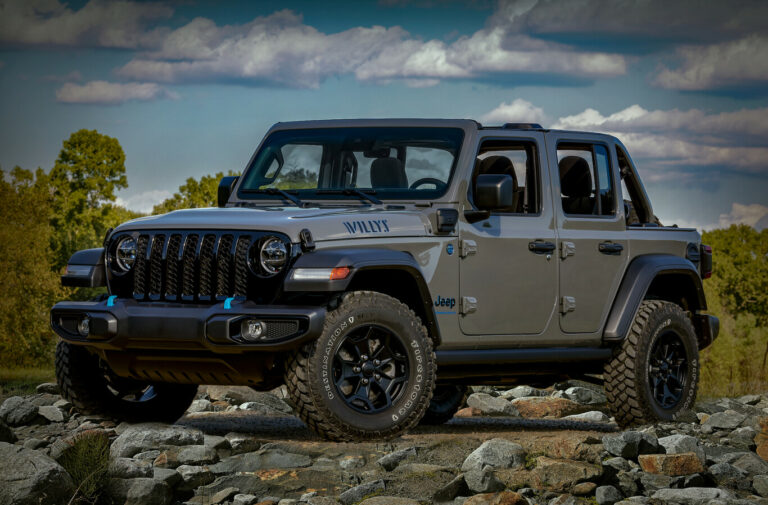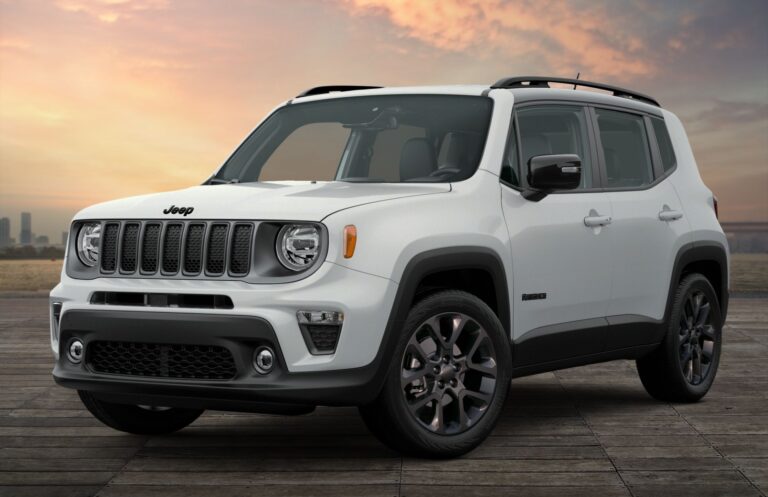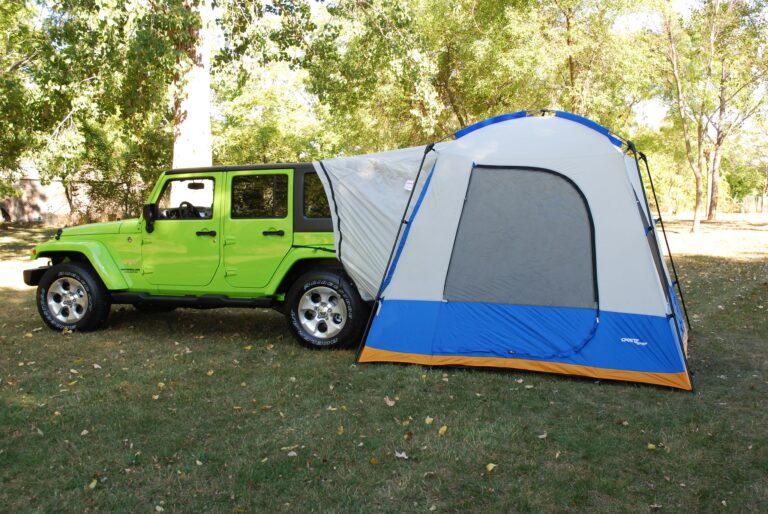Used Jeep Wrangler V8 For Sale
Used Jeep Wrangler V8 For Sale jeeps.truckstrend.com
The roar of a V8 engine. The iconic silhouette of a Jeep Wrangler. Combine the two, and you have a vehicle that stirs the soul and demands attention. For many off-road enthusiasts and performance junkies, a Used Jeep Wrangler V8 isn’t just a vehicle; it’s a statement, a meticulously crafted beast, or a factory-engineered marvel designed to conquer trails and turn heads with equal ferocity.
Unlike most Wranglers that come standard with inline-4 or V6 engines, a V8-powered Wrangler is a rare breed. Historically, these powerhouses were almost exclusively the result of complex and costly aftermarket engine swaps, transforming capable but somewhat underpowered Jeeps into high-performance machines. More recently, Jeep itself answered the call with the introduction of the factory-built Wrangler Rubicon 392, bringing V8 power to the showroom floor. Whether you’re looking for a custom-built monster or a pristine, factory-tuned 392, the market for Used Jeep Wrangler V8s offers a unique blend of power, heritage, and unparalleled off-road capability. This guide will delve into what makes these vehicles so special, how to navigate the buying process, and what to expect from ownership.
Used Jeep Wrangler V8 For Sale
The Allure of the V8 Wrangler: Why Go Big?
The decision to seek out a V8-powered Wrangler is driven by several compelling factors, all revolving around performance, sound, and exclusivity.
- Unleashed Performance: A V8 engine fundamentally transforms the Wrangler’s character. With significantly more horsepower and, crucially, torque, acceleration becomes exhilarating, highway passing effortless, and off-road crawling incredibly potent. The added grunt makes tackling challenging obstacles or towing heavy loads far more manageable and enjoyable.
- The Iconic V8 Rumble: There’s no mistaking the deep, resonant growl of a V8 engine. It’s a symphony of power that resonates with automotive enthusiasts. For many, the auditory experience alone is worth the investment, adding another layer of visceral excitement to every drive.
- Exclusivity and Customization: Unless you’re looking at a factory Rubicon 392, a V8 Wrangler is almost certainly a custom build. This means you’re buying a unique vehicle, often with other high-end modifications like reinforced axles, upgraded suspension, and custom interiors. This level of personalization sets it apart from the sea of standard Wranglers.
- Off-Road Prowess: While the standard Wrangler is highly capable off-road, the added low-end torque of a V8 provides superior control and power delivery on steep climbs, through deep mud, or over challenging rock crawling sections. It minimizes the need for high RPMs and allows for more precise throttle modulation.
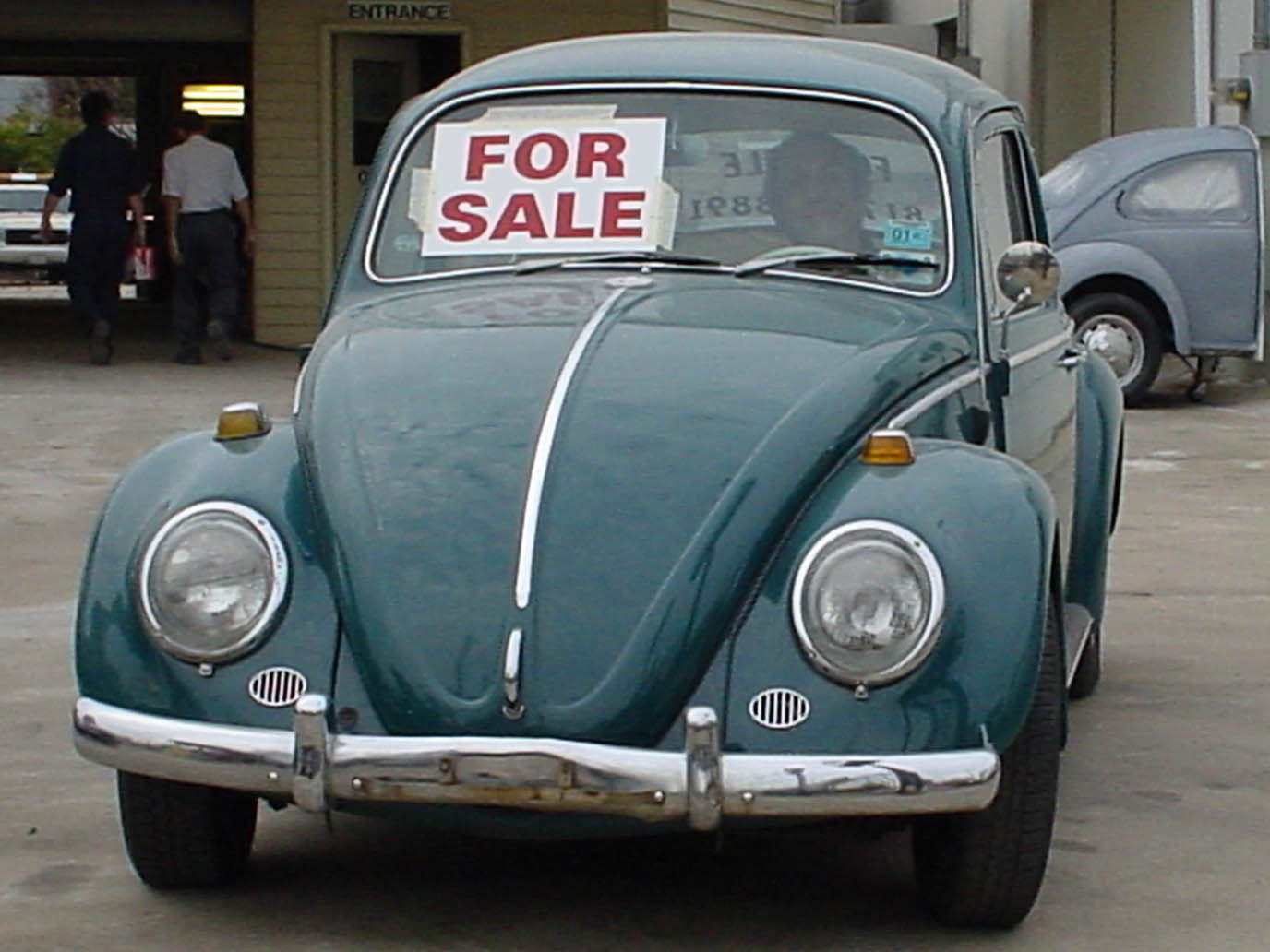
Types of Used V8 Wranglers You’ll Encounter
When searching for a used V8 Wrangler, you’ll primarily come across two distinct categories:
1. Factory-Built: The Jeep Wrangler Rubicon 392 (JL Generation)
Introduced for the 2021 model year, the Rubicon 392 is Jeep’s answer to years of demand for a factory V8 Wrangler. It comes equipped with a 6.4-liter (392 cubic inch) Hemi V8 engine, producing 470 horsepower and 470 lb-ft of torque. These are the most "turn-key" V8 Wranglers available on the used market, offering:
- Integrated Design: Engineered by Jeep, ensuring optimal integration of the engine, transmission, cooling, and electrical systems.
- Warranty & Support: While used, some factory warranty may remain, and parts/service are readily available through Jeep dealerships.
- High Resale Value: Given their relative newness and limited production, used 392s tend to retain their value well.
2. Aftermarket Engine Swaps (JK, JL, and Older Generations)
Before the 392, a V8 Wrangler was the result of an aftermarket engine swap. These range from professional, meticulously executed builds to less refined DIY projects. The most common engine swaps include:
- Hemi Swaps (Mopar Engines): Using engines like the 5.7L, 6.4L (392), or even the supercharged 6.2L Hellcat Hemi. These are popular due to their Mopar lineage, often perceived as a "natural" fit for a Jeep. Companies like AEV (American Expedition Vehicles) and MoTech are renowned for their high-quality Hemi conversions.
- LS Swaps (GM Engines): Utilizing various engines from the GM LS series (e.g., 5.3L, 6.0L, 6.2L). LS engines are highly favored for their robust design, widespread availability of parts, vast aftermarket support, and often more budget-friendly cost compared to Hemi swaps. They are known for reliability and ease of tuning.
- Other Swaps: Less common but occasionally seen are Ford Coyote V8 swaps or older small-block Chevy/Ford conversions in vintage Wranglers (TJ, YJ).
The quality and success of an aftermarket swap heavily depend on the skill and experience of the builder.
Navigating the Market: How to Find Your V8 Beast
Finding a Used Jeep Wrangler V8 requires patience and a focused search. These aren’t as common as standard Wranglers, but dedicated channels exist:
- Online Marketplaces: Websites like AutoTrader, Cars.com, and eBay Motors frequently list V8-swapped Wranglers or Rubicon 392s.
- Specialized Forums & Groups: Jeep enthusiast forums (e.g., JLWranglerForums, JK-Forum) and dedicated Facebook groups for V8 Jeep swaps are excellent places to find listings directly from owners or reputable builders.
- Auction Sites: High-end swapped Jeeps and Rubicon 392s sometimes appear on auction sites like Bring a Trailer, often with extensive documentation and detailed photos.
- Custom Builders/Shops: Many shops that perform V8 swaps also sell their completed builds or take on consignment sales. Research reputable builders in your region.
- Word of Mouth: Networking within the off-road community can uncover private sales.
Critical Considerations Before Buying
Purchasing a V8-swapped Wrangler is significantly different from buying a stock vehicle. Due diligence is paramount.
- Swap Quality and Professionalism: This is the single most critical factor for aftermarket swaps. Was the swap performed by a reputable, experienced shop with a track record of quality work, or was it a DIY project? Ask for documentation, photos of the build process, and receipts.
- Engine & Transmission Match: Ensure the engine and transmission are properly matched and the appropriate torque converter (for automatics) was used. Cooling system upgrades are essential for V8s, especially in a Wrangler’s compact engine bay.
- Electrical Integration: The most complex part of any modern engine swap is the electrical integration. Ensure all factory gauges, lights, and electronic systems function correctly. Look for clean, properly routed wiring harnesses, not a messy spaghetti of wires.
- Chassis & Drivetrain Reinforcements: A V8 adds significant weight and power. The original axles, driveshafts, transfer case, and brakes may not be sufficient. Look for upgrades like Dana 44 or Dana 60 axles, heavy-duty driveshafts, upgraded brakes, and reinforced frame components. Without these, you risk premature wear and potential failure.
- Legality & Emissions: Laws regarding engine swaps vary widely by state or country. Some regions have strict emissions regulations that a swapped vehicle might struggle to pass, especially if the original emissions equipment wasn’t retained or properly integrated. Check local laws before buying.
- Insurance: Insuring a highly modified or V8-swapped vehicle can be more complex and potentially more expensive. Some insurers might consider it a "custom" vehicle, requiring specialized coverage.
- Maintenance & Parts: While LS and Hemi engines are common, the specific parts related to the swap (e.g., custom motor mounts, exhaust manifolds, cooling components, wiring harnesses) might be proprietary to the builder or harder to source. Understand the maintenance schedule and potential costs.
The Inspection Checklist: What to Look For
Once you’ve found a potential candidate, a thorough inspection is crucial.
- Engine Bay: Look for cleanliness, proper routing of hoses and wires, secure engine mounts, and any signs of fluid leaks. Check for aftermarket cooling solutions (larger radiator, auxiliary fans).
- Undercarriage: Inspect the frame for cracks or signs of stress. Check the condition of the axles, driveshafts, transfer case, and differential covers for leaks or damage. Look for upgraded suspension components (shocks, springs, control arms).
- Test Drive: Listen for any unusual noises from the engine, transmission, or drivetrain. Test acceleration, braking, and steering. Pay attention to how the transmission shifts. Does the vehicle feel balanced and stable at speed? Does it track straight?
- Dashboard & Electronics: Ensure all dashboard lights function correctly and none remain illuminated after starting (check engine light, ABS, etc.). Test all electrical accessories (windows, radio, HVAC).
- Documentation: Request all records related to the engine swap, including receipts for parts and labor, dyno sheets (if available), and any tuning information. A detailed history is invaluable.
- Pre-Purchase Inspection (PPI): This is non-negotiable for a V8-swapped Wrangler. Take the vehicle to a reputable mechanic specializing in Jeeps or, even better, one familiar with engine swaps. They can identify potential issues that you might miss.
Ownership Experience: Challenges and Rewards
Owning a Used Jeep Wrangler V8 is a unique experience, full of highs and some potential lows.
-
Challenges:
- Higher Running Costs: V8 engines, especially in a vehicle like a Wrangler, are thirsty. Expect lower fuel economy. Insurance can also be higher.
- Specialized Maintenance: While the core engine might be common, the specific swap components or unique tuning may require a specialist mechanic, potentially increasing maintenance costs.
- Potential for Issues: If the swap wasn’t executed perfectly, you might encounter unexpected electrical glitches, cooling issues, or drivetrain wear over time.
- Resale Value (Swaps): While desirable to a niche market, a swapped vehicle’s resale value can be highly dependent on the quality of the build and the reputation of the builder. Factory 392s generally hold value better.
-
Rewards:
- Unparalleled Performance: The sheer power and torque transform the Wrangler into a true powerhouse, both on and off the road.
- Unique Vehicle: You’ll own something truly special that stands out from the crowd.
- Ultimate Off-Road Capability: The V8’s power enhances the Wrangler’s already legendary off-road prowess, making it capable of tackling even tougher challenges.
- Head-Turning Appeal: The sound and presence of a V8 Wrangler are undeniable.
Used Jeep Wrangler V8 For Sale: Estimated Price Guide
Pricing for Used Jeep Wrangler V8s varies significantly based on generation, engine type, the quality of the swap, mileage, overall condition, and additional modifications. The following table provides general estimated price ranges (in USD) to give you an idea of the market. These are highly variable, and a premium will be added for exceptionally well-built or low-mileage examples.
| Model/Generation | Engine Type (V8) | Typical Mileage Range | Estimated Price Range (USD) | Key Factors Influencing Price |
|---|---|---|---|---|
| TJ/LJ (1997-2006) | LS/Hemi Swap | 80,000 – 150,000+ | $15,000 – $40,000+ | Age of swap, quality of build, condition of original vehicle, extent of drivetrain upgrades (axles, transfer case), overall rust. |
| JK (2007-2018) | Hemi Swap (5.7L, 6.4L) | 50,000 – 120,000 | $35,000 – $70,000+ | Builder reputation (e.g., AEV, MoTech vs. private), specific Hemi variant, mileage since swap, condition of chassis/drivetrain, other mods (suspension, axles, armor). |
| JK (2007-2018) | LS Swap (5.3L, 6.0L, 6.2L) | 50,000 – 120,000 | $30,000 – $65,000+ | Similar to Hemi swaps, but often slightly lower cost for the swap itself. Reliability and aftermarket support of LS engines are a strong selling point. |
| JL (2018-Present) | Hemi/LS Swap | 20,000 – 80,000 | $50,000 – $90,000+ | Newer chassis, typically more expensive and complex swaps. Premium for professional builds. Less common due to the factory 392 option. |
| JL Rubicon 392 (Factory) | 6.4L Hemi (392 cu. in.) | 10,000 – 60,000 | $65,000 – $95,000+ | Year, mileage, condition, factory options/packages, regional demand. These hold value well due to being factory-built and limited production. |
Note: These are estimates. Prices can fluctuate based on market demand, location, vehicle history, and unique features. Always conduct thorough research and a pre-purchase inspection.
Frequently Asked Questions (FAQ) About Used Jeep Wrangler V8s
Q1: Is a V8-swapped Wrangler reliable?
A1: Reliability heavily depends on the quality of the swap. A professionally executed swap using new or rebuilt components from a reputable builder will generally be reliable. A poorly done DIY swap can lead to constant headaches. The factory Rubicon 392 is engineered for reliability.
Q2: How much does a V8 swap typically cost if I wanted to do it myself?
A2: A professional V8 swap (parts, labor, tuning) can range from $20,000 to $40,000+ for a Hemi or LS, not including the cost of the Wrangler itself. Hellcat swaps can exceed $50,000-$70,000. DIY can be cheaper in labor, but parts alone are substantial.
Q3: Can I daily drive a V8 Wrangler?
A3: Yes, many V8 Wranglers (both swapped and factory 392) are daily driven. However, be prepared for significantly lower fuel economy compared to a V6 Wrangler, and potentially a firmer ride if the suspension has been heavily modified for off-road performance.
Q4: What about fuel economy for a V8 Wrangler?
A4: Don’t expect great mileage. Most V8 Wranglers will average between 10-15 MPG, depending on driving style, tire size, and gearing. The Rubicon 392 is rated at 13 MPG combined.
Q5: Are V8 Wranglers legal everywhere?
A5: Legality varies by state/region, primarily concerning emissions. Some states have strict regulations that can make registering a swapped vehicle challenging if it doesn’t meet original or equivalent emissions standards. Always check local laws before purchasing. The factory 392 is emissions compliant from the factory.
Q6: Is the Rubicon 392 considered an "engine swap"?
A6: No, the Rubicon 392 is a factory-engineered and assembled vehicle by Jeep. It comes with a full factory warranty and is fully integrated into the vehicle’s systems, unlike an aftermarket swap.
Q7: Which is better: a Hemi or an LS swap?
A7: Both are excellent choices, and the "better" one often comes down to personal preference and specific goals.
- Hemi: Often preferred by Mopar purists, good power, integrated well by reputable builders like AEV.
- LS: Known for being robust, readily available, excellent aftermarket support, and often more cost-effective for parts and repairs. Some argue they are simpler and more reliable to swap.
Conclusion
A Used Jeep Wrangler V8, whether a meticulously crafted aftermarket swap or a potent factory Rubicon 392, represents the pinnacle of Wrangler performance and a unique driving experience. It’s a vehicle for those who crave more power, a distinctive sound, and unparalleled capability, both on and off the pavement.
While the allure is strong, buying a V8 Wrangler, especially a swapped one, demands careful consideration and thorough due diligence. The quality of the build, the vehicle’s history, and a comprehensive pre-purchase inspection are paramount to ensuring you acquire a reliable and exhilarating machine rather than a costly project. For the discerning buyer willing to do their homework, a Used Jeep Wrangler V8 offers an unmatched blend of rugged charm and thrilling power, promising an ownership experience that is anything but ordinary.
